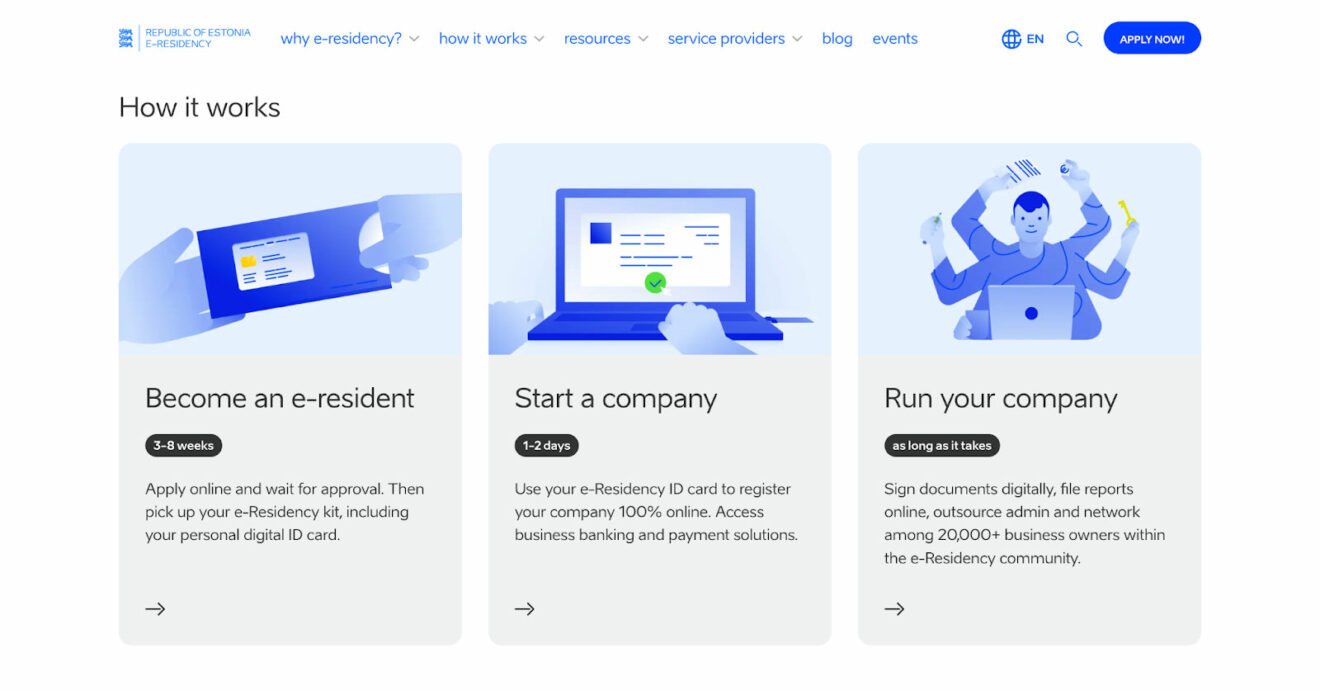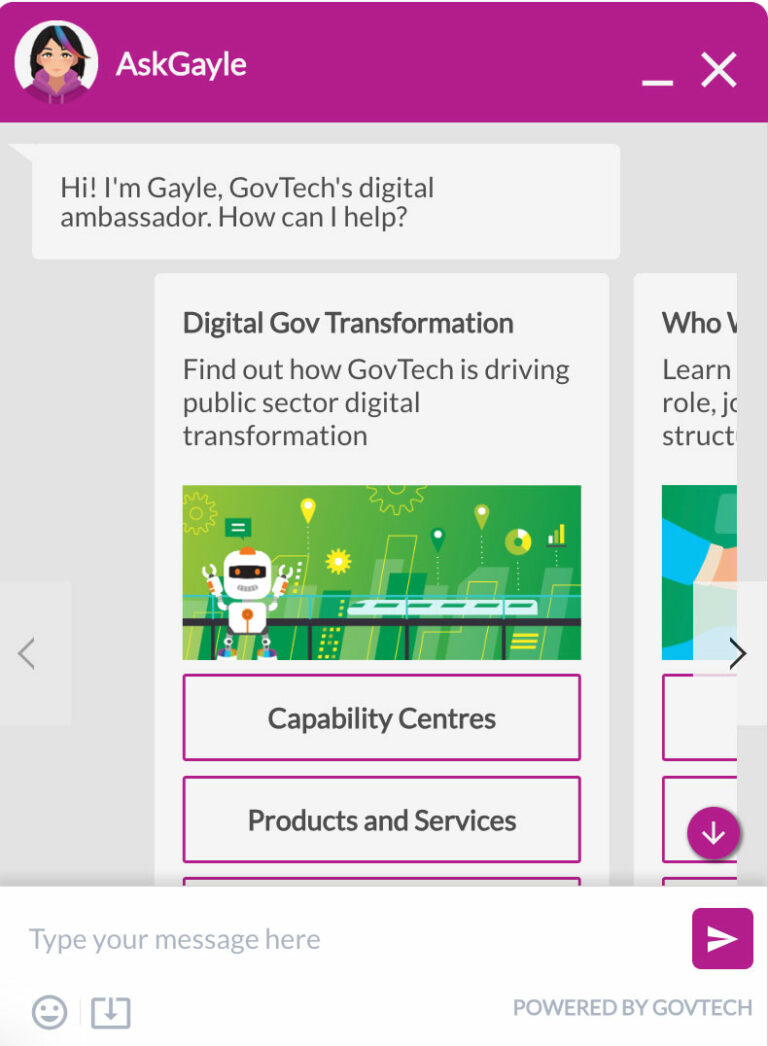
Using digital marketing effectively in the government sector

Government agencies are jumping feet-first into digital marketing in this digital era – for good reasons! But what’s the difference between digital communications and digital marketing when it comes to government agencies? And, what are the benefits of using digital marketing techniques as a government?
Digital marketing for government agencies vs. communications
In days gone by, governments used standard communications tactics to promote transparency and increase engagement with their policies. This usually included writing press releases, holding town halls, and offering in-person public consultations. And this all fell under the umbrella of communications.
While these worked well for government bodies, newer techniques borrowed from the digital marketing world are proving to be super effective in increasing engagement with key government topics. Think email newsletters, pay-per-click ads, blog posts, and social media posts – all of these fall within digital marketing and can be used by not-for-profit organisations.
Benefits of digital marketing for government agencies
So, why use these techniques at all? Digital marketing has a tonne of benefits for government agencies. It helps them deliver information efficiently, engage with citizens, build trust and transparency, get valuable insights from data analytics, and even collaborate with influencers to spread the word on important issues.
Where companies might focus on return on investment (ROI), typically, government agencies focus on engagement and sentiment. While the overall objectives differ, the tactics and methods are very similar.
The benefits of marketing for government agencies can be boiled down to a few key points:
- Efficient information delivery: You can deliver updates faster using digital marketing techniques like inbound marketing. Websites, mobile apps, and social media platforms allow Governments to talk to the public directly through announcements, policy updates, and emergency alerts.
- Increased citizen participation: Online surveys, feedback forms, and social media campaigns can encourage citizen participation on a larger scale. All important public opinions can be collected much faster.
- Building trust and transparency: When updates are faster and direct, there’s a deeper level of transparency. Sharing information about policies and initiatives promotes accountability and helps citizens understand the government’s actions and intentions rather than guessing them.
- Data analytics for insights: Marketing tools provide valuable insights into audience behaviour, preferences, and sentiment that not-for-profit organisations can use. Government agencies can analyse this data to understand their audience better and offer them the information they care about.
Examples of successful digital marketing implementation in the public sector
We’ve found some awesome success stories from the public sector on how digital marketing has significantly impacted their operations. Let’s take a look:
New Zealand Government

The New Zealand Government developed a user-friendly website and mobile app that allows citizens to access government services, pay bills, and get real-time updates on important announcements. They also effectively utilise social media platforms to communicate with their audience and share policies, initiatives, and emergency alerts.
Estonia’s e-Residency Programme

Estonia’s e-Residency programme enables individuals worldwide to become digital residents of Estonia, granting them remote access to various government services. Estonia has successfully marketed this program through digital channels, attracting global attention and increasing its visibility as a digitally advanced nation.
Singapore’s AI Chatbot “Ask Jamie”

Singapore’s government has employed artificial intelligence technology to develop a chatbot known as “Ask Jamie.” This user-friendly chatbot is available 24/7 on various digital platforms, providing prompt and accurate responses to citizens’ queries and improving customer satisfaction.
Strategies for Using Digital Marketing in the Government Sector
So, how can you get started? Here are a few quick wins to get you on the right track:
- Data-driven decision-making: You can use data analytics to help you decide on content strategies, campaign targeting, and resource allocation. Analysing audience behaviour and preferences helps you craft targeted content that is meaningful to your audiences.
- Collaboration with influencers: Believe it or not, influencers can be crucial in broadcasting government messages and information. Partnering with local influencers with a relevant audience and established credibility can help you reach and engage with the public.
- Website design and development: User-friendly websites and mobile apps make accessing government services and organisations easier. It also makes it easier for you to spread the word on important information and respond to feedback from people. A good government website is easy to navigate and uses simple language.
- Search Engine Optimisation (SEO): By optimising websites with relevant keywords and phrases, you can improve search engine visibility and increase website traffic.
What next?
Interweaving digital marketing techniques into Government communications campaigns can be challenging, but at AirVu Media, we specialise in providing and implementing tailored digital marketing solutions for government agencies and not-for-profit organisations.
When you are ready to take your communications and marketing to the next level, we’ll stand by your side and elevate your team. Contact us today for a free consultation.
